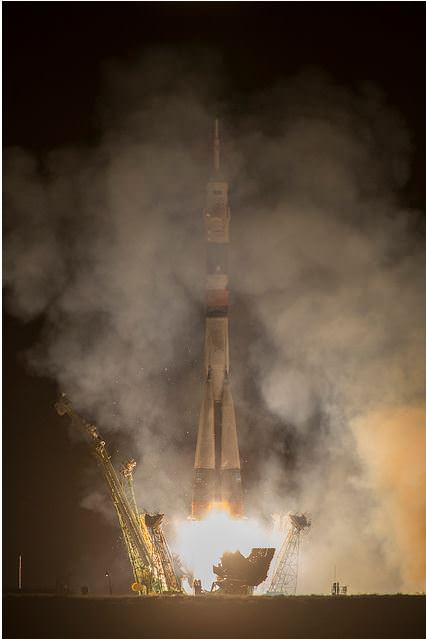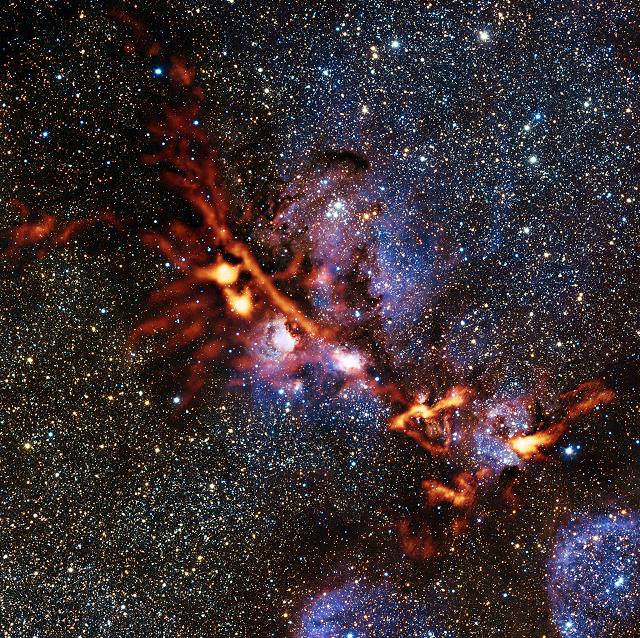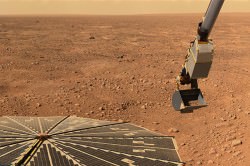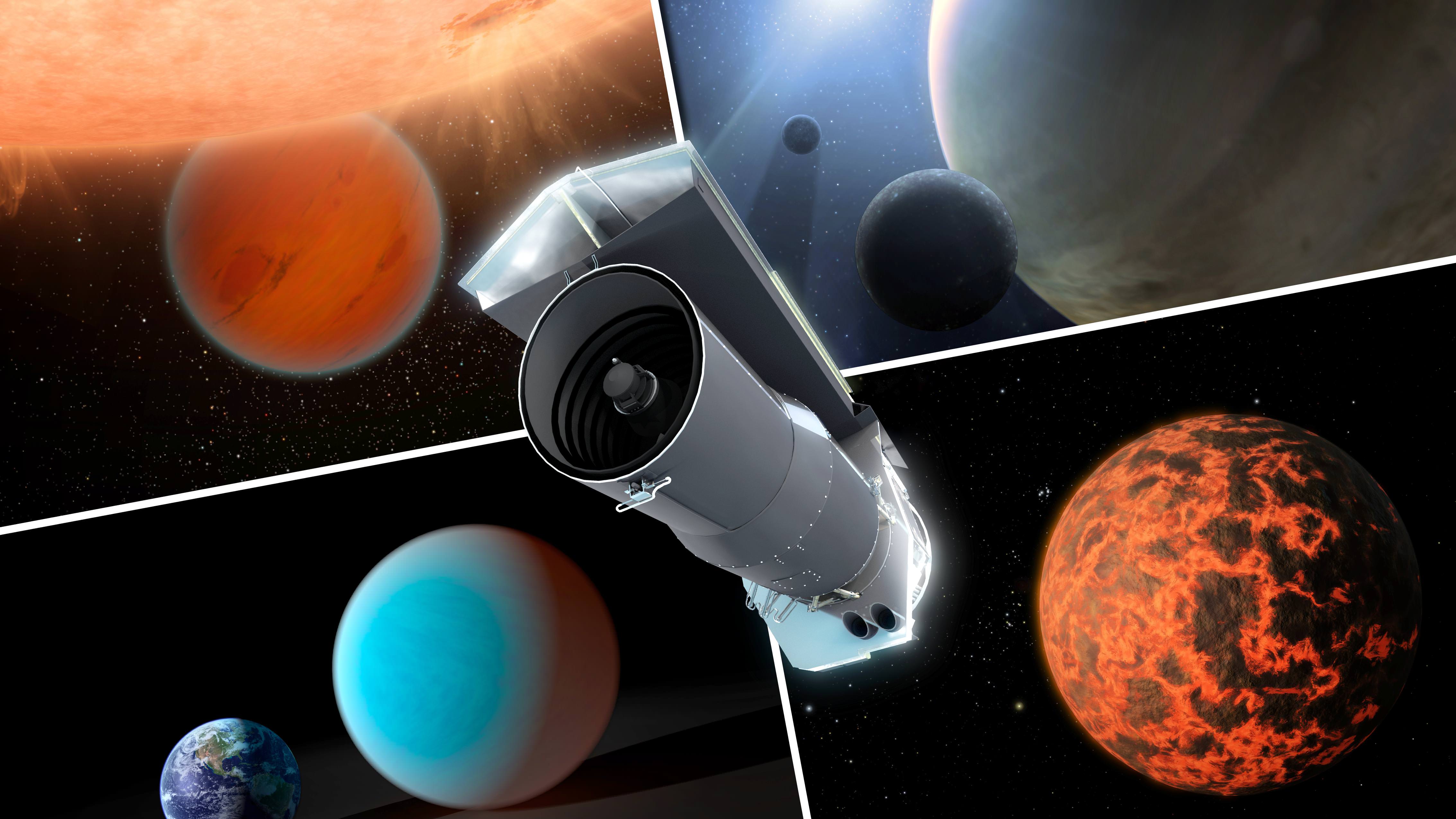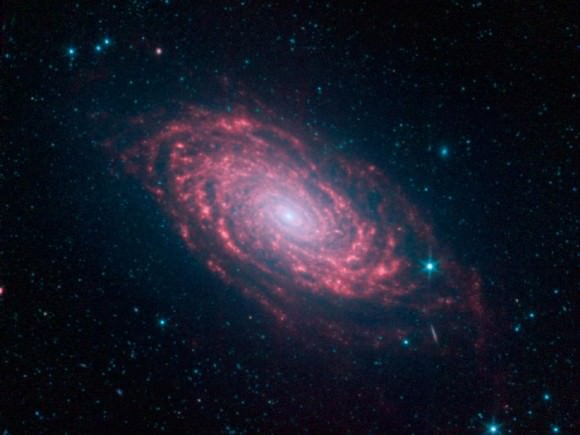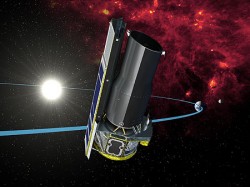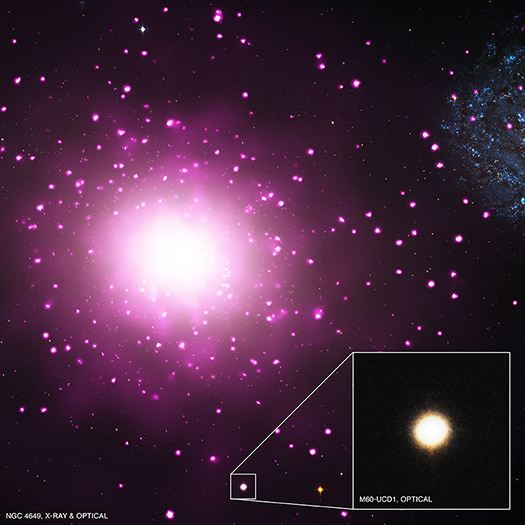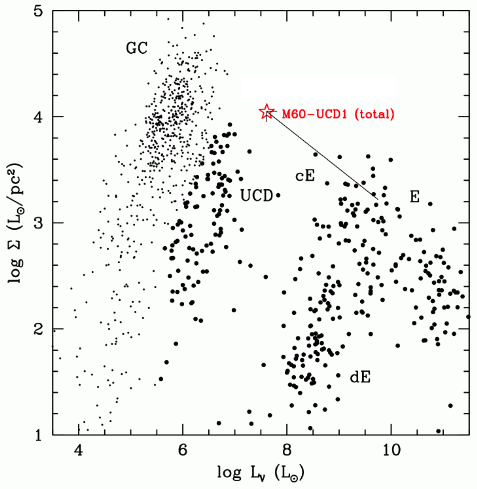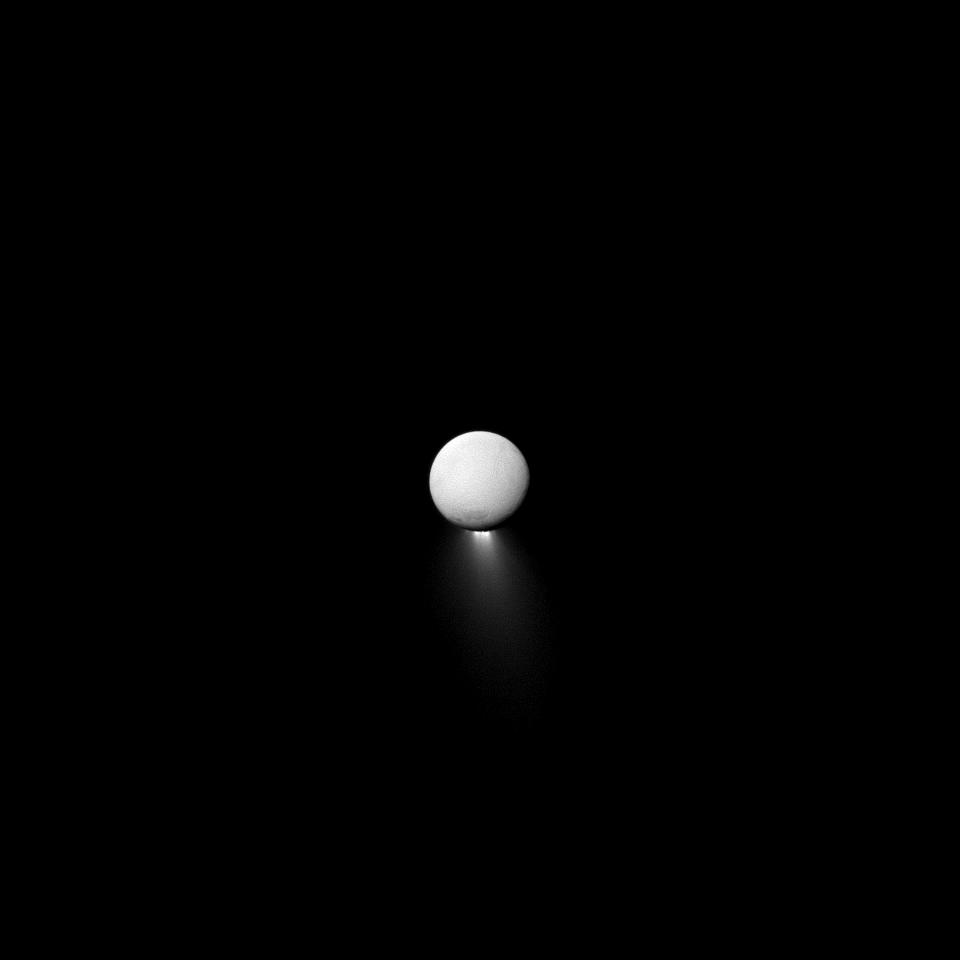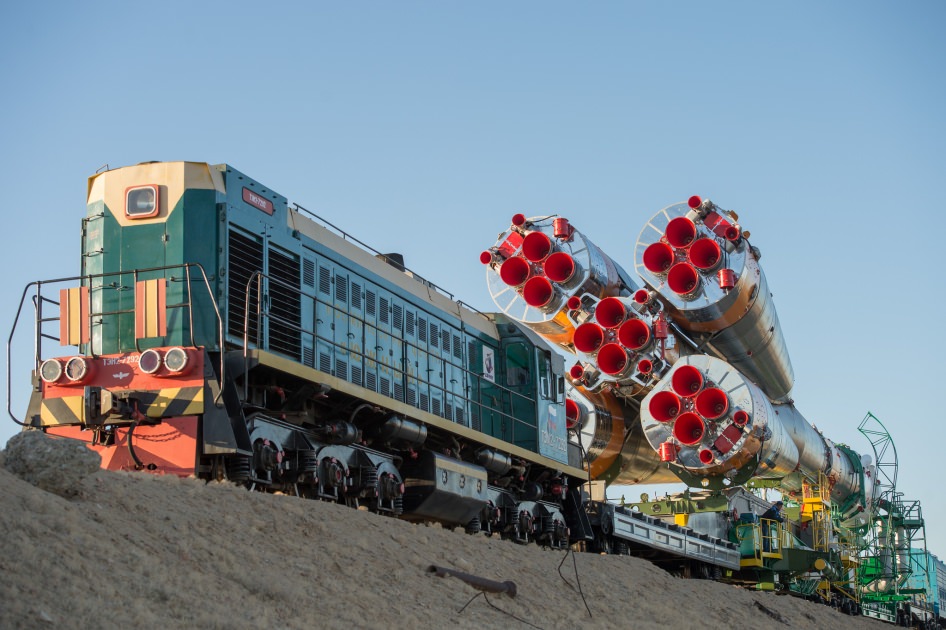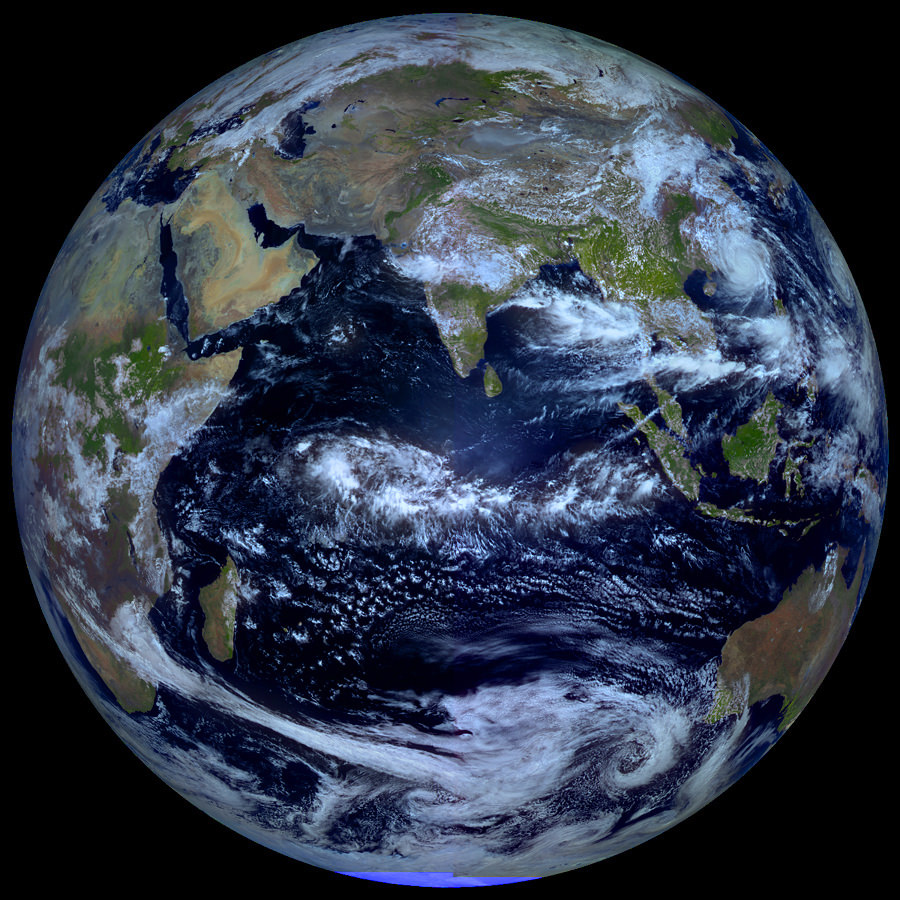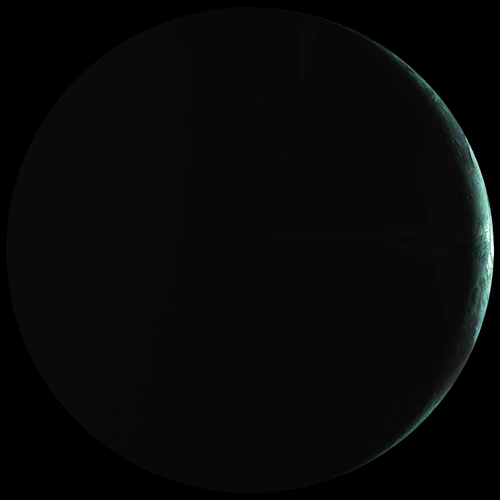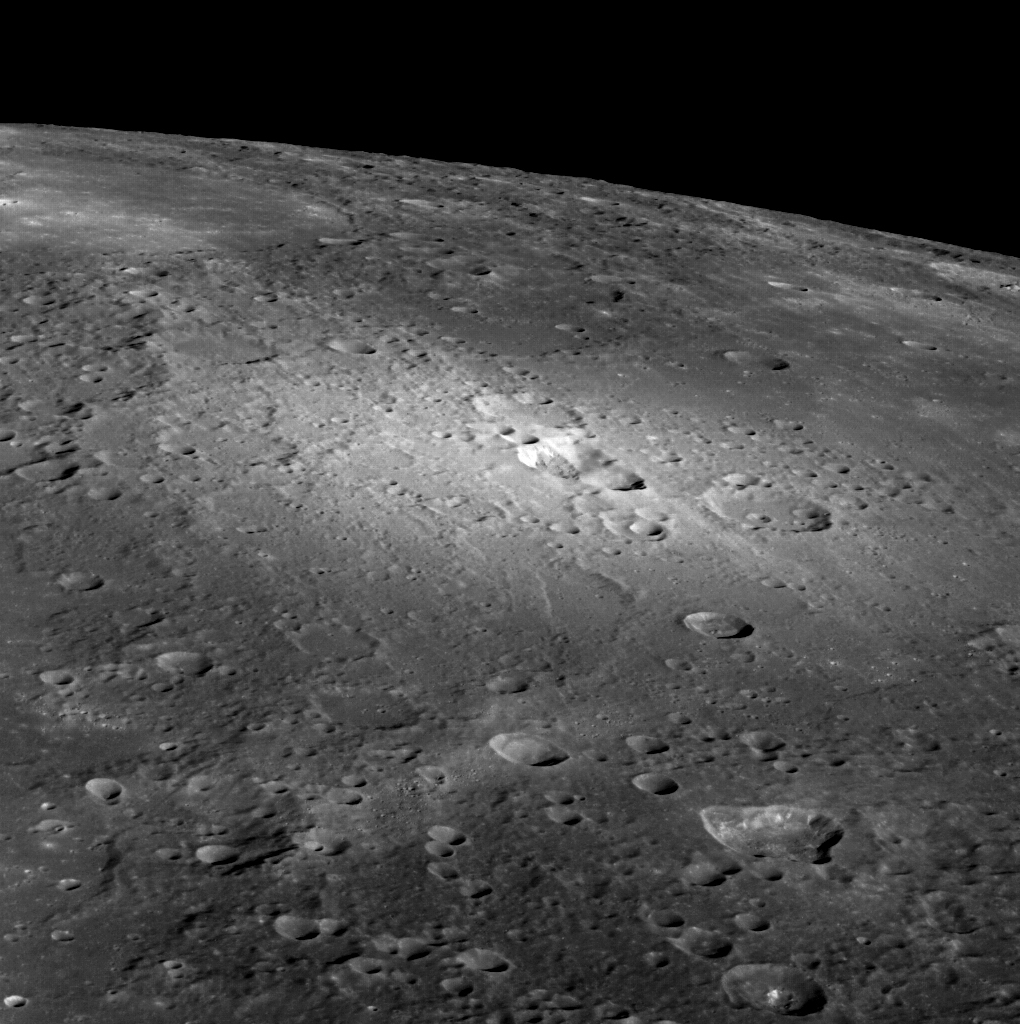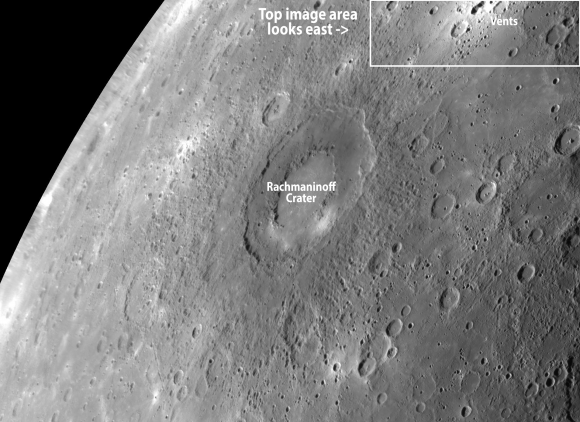The next crew of the International Space Station is on their way to orbit. Three members of the Expedition 37 crew members blasted off in a Soyuz rocket from the Baikonur Cosmodrome in Kazakhstan at 20:58 UTC (4:58 p.m. EDT) Wednesday, Sept. 25, and will take a fast-track six-hour flight to the Space Station.
Update: The crew has now docked safely to the ISS, at 10:45 pm EDT (02:45 UTC).
Watch a video of the launch, below.
Michael Hopkins of NASA and Oleg Kotov and Sergey Ryazanskiy of the Russian Federal Space Agency (Roscosmos) are scheduled to dock their Soyuz spacecraft to the Poisk module on the Russian segment of the at 02:48 UTC on Sept. 26 (10:48 p.m. EDT, Sept. 25) All the action of the launch and docking will be on NASA TV.
The crew is scheduled to open the hatches between the Soyuz spacecraft and the space station about two hours later.
Hopkins, Kotov and Ryazanskiy will be greeted by three Expedition 37 crew members who have been aboard the space station since late May: Commander Fyodor Yurchikin of Rosmosmos and Flight Engineers Karen Nyberg of NASA and Luca Parmitano of the European Space Agency.
The new crew will remain aboard the station until mid-March. Yurchikhin, Nyberg and Parmitano will return to Earth Nov. 11.
NASA says the new crew will take part in several new science investigations that will focus on human health and human physiology. The crew will examine the effects of long-term exposure to microgravity on the immune system, provide metabolic profiles of the astronauts and collect data to help scientists understand how the human body changes shape in space. The crew also will conduct 11 investigations from the Student Spaceflight Experiments Program on antibacterial resistance, hydroponics, cellular division, microgravity oxidation, seed germination, photosynthesis and the food making process in microgravity.

